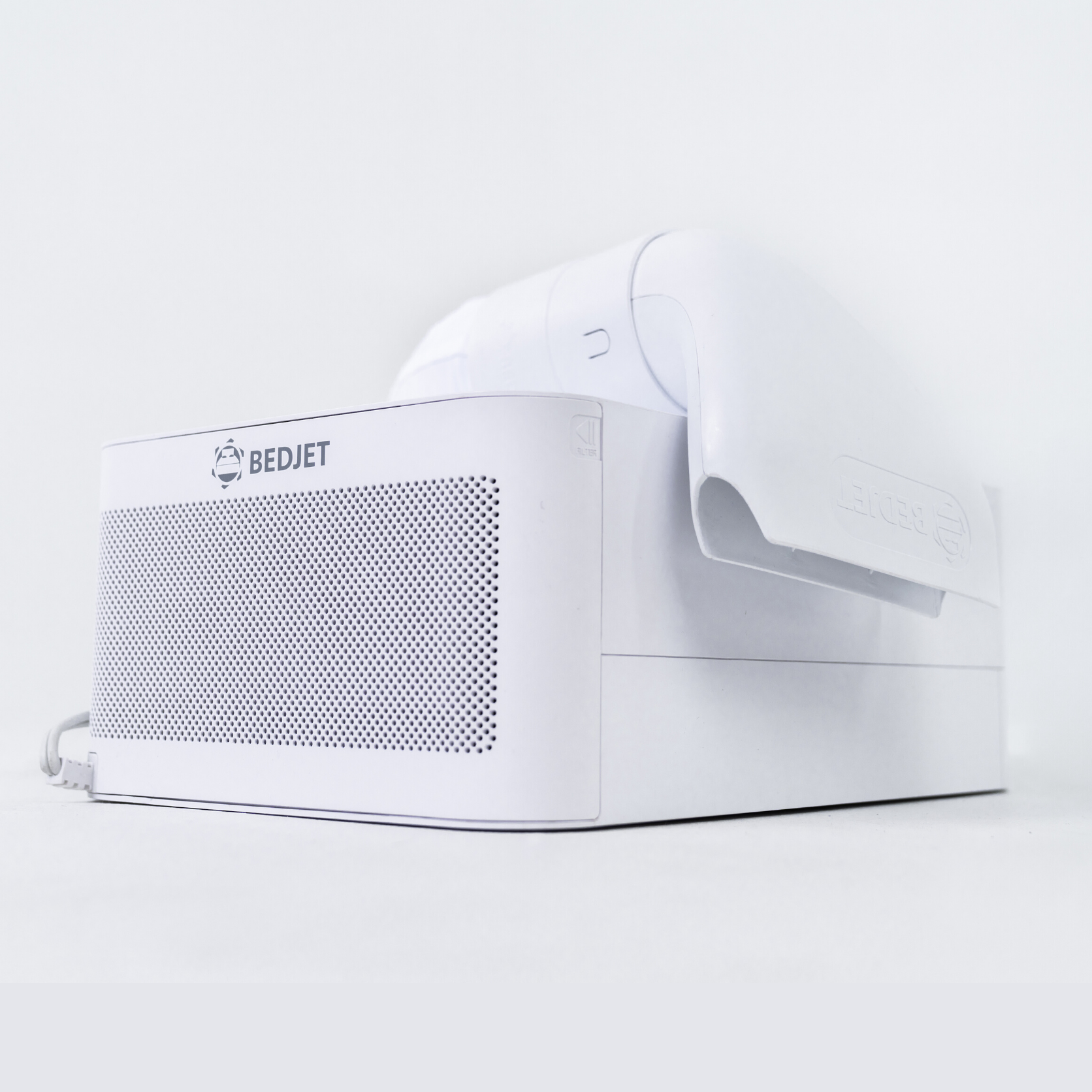
PGP results in greater disability than lumbar pain and is more prevalent in pregnant women. 4–7 There is diminished capacity for activities such as standing, walking and sitting, and the pain or functional disturbance is reproducible by specific clinical tests.

PGP can occur in conjunction with or separately to pain in the pubic symphysis.

PGP is defined as pain between the posterior iliac crest and the gluteal fold, particularly in the vicinity of the sacroiliac joint (SIJ), which may radiate to the thighs and hips. Many clinicians do not regard PGP as a serious complication of pregnancy and an Australian study found that only 25% of women who reported PGP were offered any treatment. 4,7 The focus of this article will be PGP in pregnancy. 4–6 Lumbar pain is defined as pain experienced in the region between the last thoracic spinous process and first sacral spinous process, laterally bound by the lateral borders of the lumbar erector spine. European guidelines describe two common patterns of pain: PGP and lumbar pain. There have been many terms used to describe lower back and pelvic pain in pregnancy (eg ‘pelvic instability’, ‘lower back pain’ and ‘symphysis pubis dysfunction’).

Pain is not limited to a particular trimester during pregnancy but is often experienced throughout pregnancy and postpartum however, the onset is usually at 14–30 weeks gestation. 1 The variability in incidence is due to ambiguity in definitions and diagnostic criteria. Lower back pain and pelvic girdle pain (PGP) are common conditions in pregnancy, with an estimated incidence of 4–84%.


 0 kommentar(er)
0 kommentar(er)
